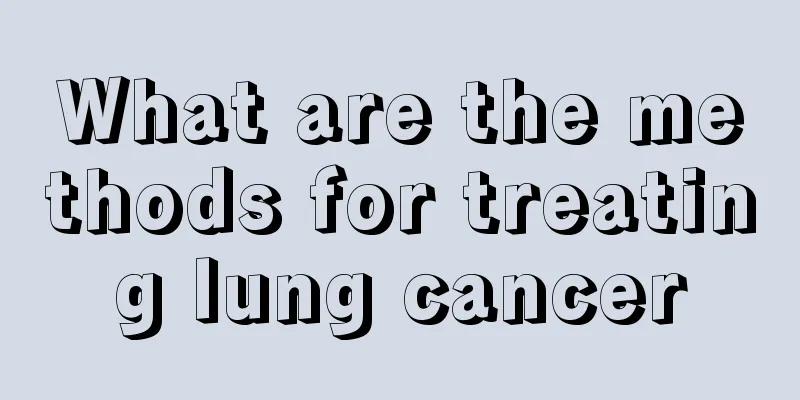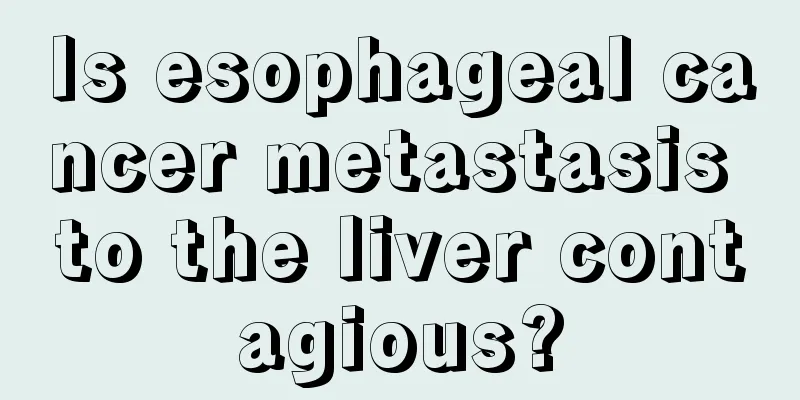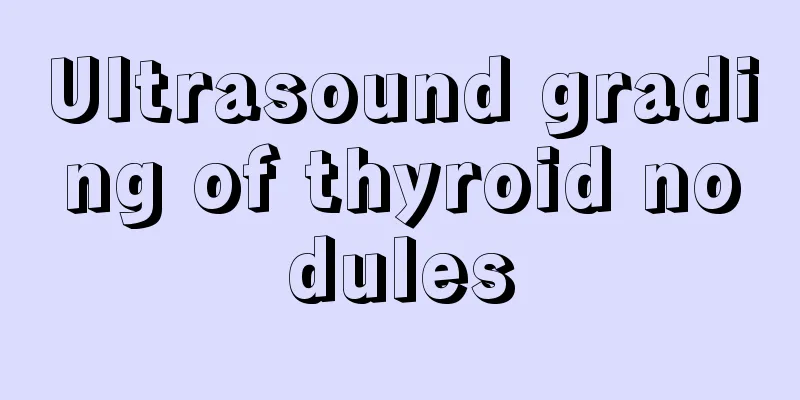What are the symptoms of acute hepatitis

|
Acute hepatitis has an acute onset and obvious symptoms. If hepatitis occurs, the patient must go to a regular hospital for a comprehensive examination and isolation as soon as possible, and take medication on time and according to the course of treatment, then the acute hepatitis can be cured. However, if treatment is not timely or medication is not used properly, acute hepatitis will turn into chronic hepatitis and it will be more difficult to cure. Let's take a look at the symptoms of acute hepatitis, which can help us treat it as early as possible. Acute hepatitis is a relatively common liver disease. There is a saying that goes "three parts treatment and seven parts care". For hepatitis patients, they should pay attention to rest and adjust their diet structure during the illness. The diet should be fresh, easy to digest, and contain a certain amount of protein. So do you know the symptoms of acute hepatitis? Let’s take a look below. Acute hepatitis symptoms Patients will experience low fever, general fatigue, loss of appetite, accompanied by nausea, vomiting, aversion to greasy food, discomfort in the liver area and yellow urine, and there will be no improvement after rest. Patients will experience low fever, general fatigue, loss of appetite, accompanied by nausea, vomiting, and aversion to greasy food. Acute anicteric hepatitis 1. This type is more common, with milder symptoms, including general fatigue, loss of appetite, nausea, abdominal distension, etc. Physical signs include enlarged liver, soft texture, tenderness and percussion pain. This type of hepatitis has mild symptoms and is often overlooked. The course of the disease is about 2-3 months. 2. Sometimes the severity of the disease varies, and the severity of symptoms or signs also varies. 3. Acute severe hepatitis, also known as fulminant hepatitis. The clinical features are acute onset, with impaired consciousness, bleeding, jaundice and liver shrinkage within 10 days. The duration of illness does not exceed 3 weeks. The manifestations of fulminant hepatitis are similar to those of acute icteric hepatitis, but the disease progresses rapidly and a severe diagnosis should be considered. Acute icteric hepatitis 1. Pre-jaundice The disease usually starts slowly, with mild fever or no fever, and joint pain and rash are often present. Common symptoms include fatigue, loss of appetite, aversion to greasy foods, nausea, vomiting, and sometimes abdominal pain and diarrhea. This phase lasts an average of 5-7 days. 2. Jaundice stage The fever subsides, the subjective symptoms are slightly alleviated, and jaundice appears on the sclera and skin, reaching a peak within a few days to 3 weeks. Dark yellow urine may cause transient lighter stools. Pain in the liver area, enlarged liver, soft texture, tenderness and percussion pain. This phase lasts 2-6 days. 3. Recovery period Jaundice gradually decreases and subsides, stool color returns to normal, skin itching disappears, appetite improves, physical strength recovers, and gastrointestinal symptoms are alleviated. The disease generally lasts 1-2 months. |
<<: What is the normal value of creatinine
>>: What are the symptoms of hepatitis C
Recommend
Which is better for sterilization, white vinegar or aged vinegar
White vinegar and aged vinegar are both vinegars ...
What are the basic types of lung cancer?
In recent years, lung cancer has become one of th...
Introduction of fiber nasopharyngeal endoscope
Once I accompanied my wife to see an eye doctor. ...
Why does lung cancer always cause fever?
Why does lung cancer always cause fever? Lung can...
What is the pain behind the eyeball
Many people will have questions about why there i...
Is it good to have double eyelid surgery?
In people's aesthetic concepts, double eyelid...
How to apply lipstick
In winter, due to the dry weather and people not ...
How to wash your hands more cleanly, have you washed your hands clean?
Washing hands is something we must do every day, ...
A brief analysis on how to prevent melanoma
According to recent survey statistics, there are ...
Hoarseness is a sign of vocal cord disease, so be sure to take it seriously!
In our daily life, we often experience symptoms s...
How to remove moisture by soaking your feet
Soaking your feet is a very enjoyable thing. It n...
What causes high fucosidase levels?
Fucosidase is an acidic hydrolase distributed in ...
Invisible orthodontics, you need to pay attention to these!
A handsome guy was walking towards me, and he was...
Early symptoms of liver cancer
Early liver cancer may have no symptoms or signs....
What are the best treatments for big toe paronychia?
How to treat paronychia of the big toe? In fact, ...









